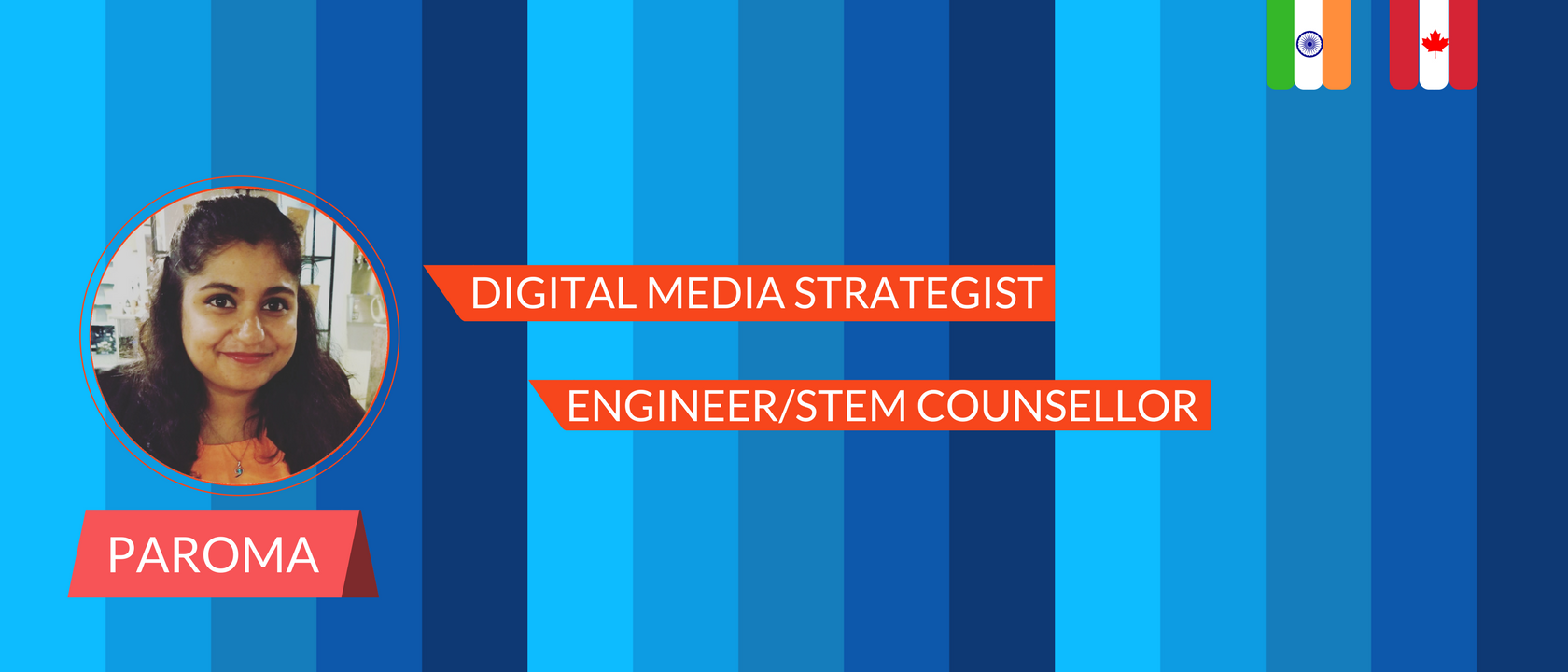Also published on Wingd Canada
 If you’re a teacher, educator, academician, researcher, student or even a STEM enthusiast, you would have definitely come across the term EdTech. EdTech or Educational Technology is nothing but the study and ethical practice for facilitating, learning and improving academic performance by creating, using and managing appropriate technological processes and resources. In other words, use of technology in the form of products/apps/tools to enhance learning, pedagogy and instruction. The concept of EdTech is not a new one. In fact, it can be dated back to early 20th century with the introduction of educational films (1900) and more notably, with Sidney Pressey’s Teaching Machine(1920s). However, it is safe to say the concept was revamped in the 80s and the term EdTech was altogether refurbished only recently (2000s) with the sudden surge in technological innovation. While traditional EdTech tools would have been slide projectors and Cuisenaire rods, we now have smart electronic gadgets taking over and revolutionizing the education system.
If you’re a teacher, educator, academician, researcher, student or even a STEM enthusiast, you would have definitely come across the term EdTech. EdTech or Educational Technology is nothing but the study and ethical practice for facilitating, learning and improving academic performance by creating, using and managing appropriate technological processes and resources. In other words, use of technology in the form of products/apps/tools to enhance learning, pedagogy and instruction. The concept of EdTech is not a new one. In fact, it can be dated back to early 20th century with the introduction of educational films (1900) and more notably, with Sidney Pressey’s Teaching Machine(1920s). However, it is safe to say the concept was revamped in the 80s and the term EdTech was altogether refurbished only recently (2000s) with the sudden surge in technological innovation. While traditional EdTech tools would have been slide projectors and Cuisenaire rods, we now have smart electronic gadgets taking over and revolutionizing the education system.
Traditional educational systems have been sporadically expensive and inefficient in many ways. Reading and math skills have remained stagnant in North American schools for more than two decades. The link between rising education expenditure and educational performance is weak, and reducing this cost is a clear opportunity for EdTech. A clear indication of that is the sudden surge in online/digital learning by organizations like Coursera, Udacity, Udemy, Codecademy, Lynda, etc. Coursera and Udacity offer traditional educational content whipped up with a modern approach, hands-on project experience and a chance to interact with industry experts. Both are US based and offer the educational content free of cost; the certification of course completion comes with a cost. Udemy and the rest are more industry oriented and offer skill-based courses for the quick learner. The US Dept. of education has sanctioned a couple of projects under EdTech notably the #GoOpen District Launch Packet and Future Ready. There are several edtech start ups from Europe that caught my attention. The Labster from Denmark is a radical scalable online platform that teaches biotechnology. iVersity from Germany is again like an online university which offers digital courses on a multitude of subjects. And of course, how can I forget Tynker! EdTech from Asia are bountiful and sprouting almost every minute. HarakuEdu from Indonesia is a digital learning venture similar to Coursera. Born at Jakarta Founder’s institude, HarakuEdu has gone on praticipate in Google’s launchpad program. Cialfo from Singapore helps students with the complicated process of applying for college in the US or the UK. It’s a mixture of an online information portal and offline tutoring program that uses tech to match students to their “best fit” colleges.
In India, the education scenario is undergoing a drastic change over a short time duration. The development of the telecommunication industry directly affects this growth; cheaper and better internet connection is enabling tons of student across the country to access the best educational content online. According to Mohandas Pai, chairman of an educational institute: The total spending on education in India – both public and private – is around $150 billion. Of this, around $50 billion is in the K-12 space. Therefore, India is a favourable ecosystem for edtech start ups to thrive. Toppr is a budding edtech tool which provides resources and classes on national level entrance exams which are a huge deal in India. In the home turf, the earliest EdTech was initiated in the form of computer-based learning at the University of Guelph in the 80s. Joe Wilson of MaRS reports that Canadian 15 year olds perform well above average in literacy, numeracy and science when compared to 15 year olds across the world. This can be largely attributed to edtech used around schools in Canada. In 2014, EdTech venture deals hit $1.36 billion, up from $1.2 billion in 2013. Such is the opportunity in EdTech in Canada that several VCs and incubators have chosen to focus on them. The New Schools venture fund focuses entirely on education, as does Rethink Education. 500 Startups is a strong contender, as is the Great Oaks Venture Capital. These technologies can help overworked, under-resourced K-12 teachers to monitor and engage in the classroom, especially if they have been struggling with outdated systems.
While EdTech facilitates learning, its is not by any means a substitute for teachers or educators. It should be viewed more as a means to making education easier for the teacher and the student. If applied correctly, education technology has the power to transform the education industry by streamlining, time-consuming processes such as lesson planning, record-keeping, etc. and simplifying communication; thus allowing teachers greater impact and opportunities to focus on several developmental activities. By saving on educational or training budgets, more money can be allocated to educational elements such as smart learning software which provides tailored lesson plans, or innovative digital content such as engaging video materials which will improve outcomes. Now what does this mean for technologists and designers? This obviously indicates a growing and ongoing call for development of tools and devices. There is also a considerable increase in venture capital investment in education technology. This kind of funding directly fuels the tech industry and is also a promising field for independent developers. However, wherever there in an abundance of financial support, there is always a chance that the commercial purpose overshadows the altruistic purpose. Care must be taken that the primary goal of edtech always remains to empower students and teachers to focus on the task of learning. They can do more with the resources they have, improving the quality of education available to young people around the globe, and better-equipping them for the future.


